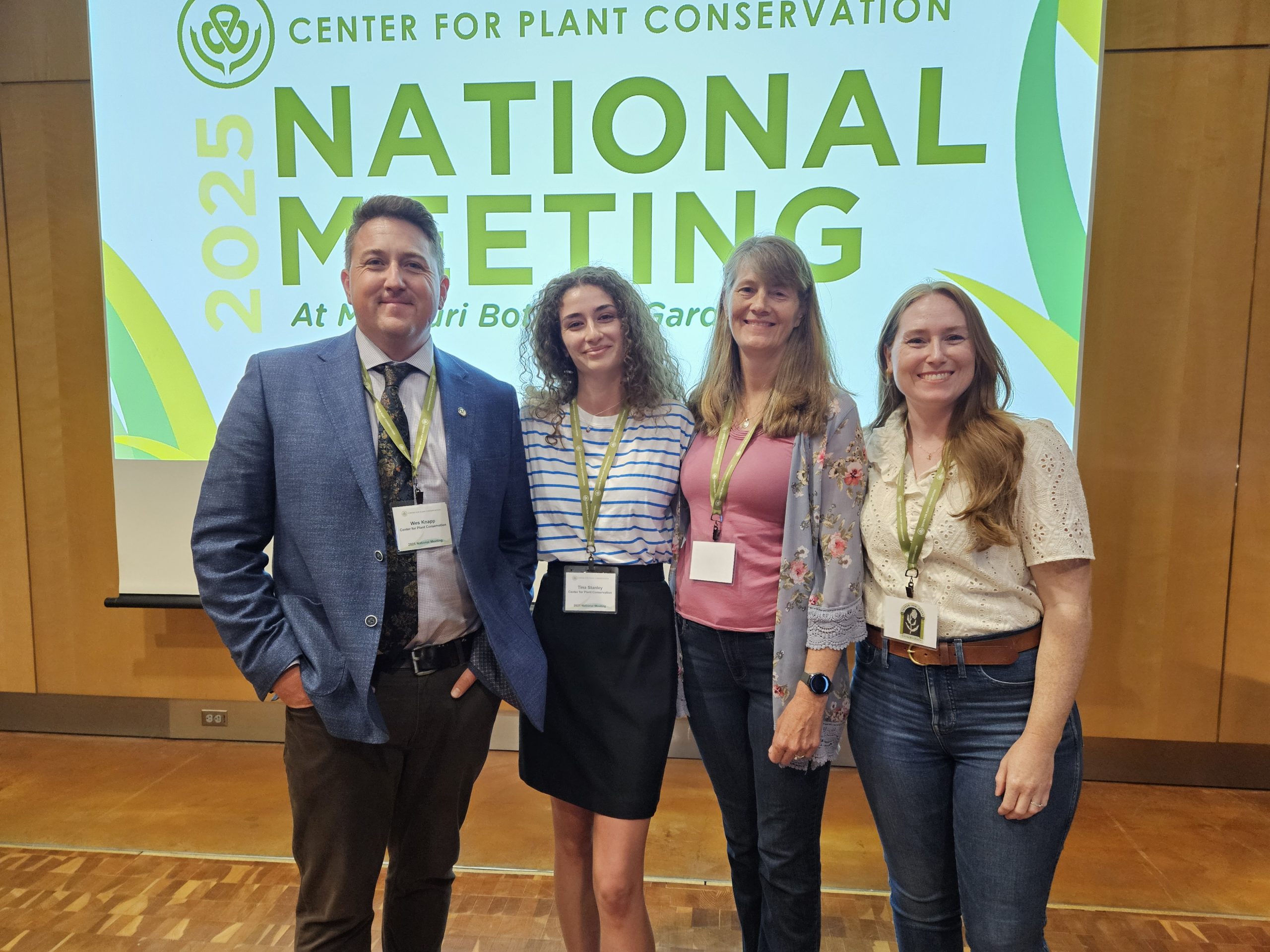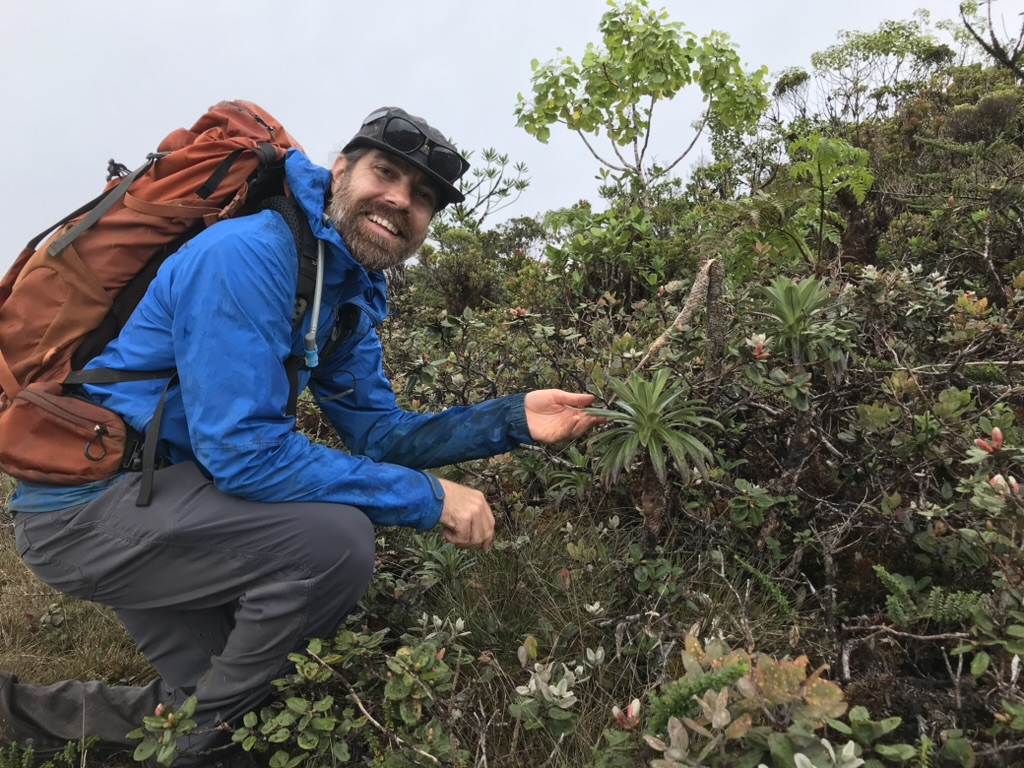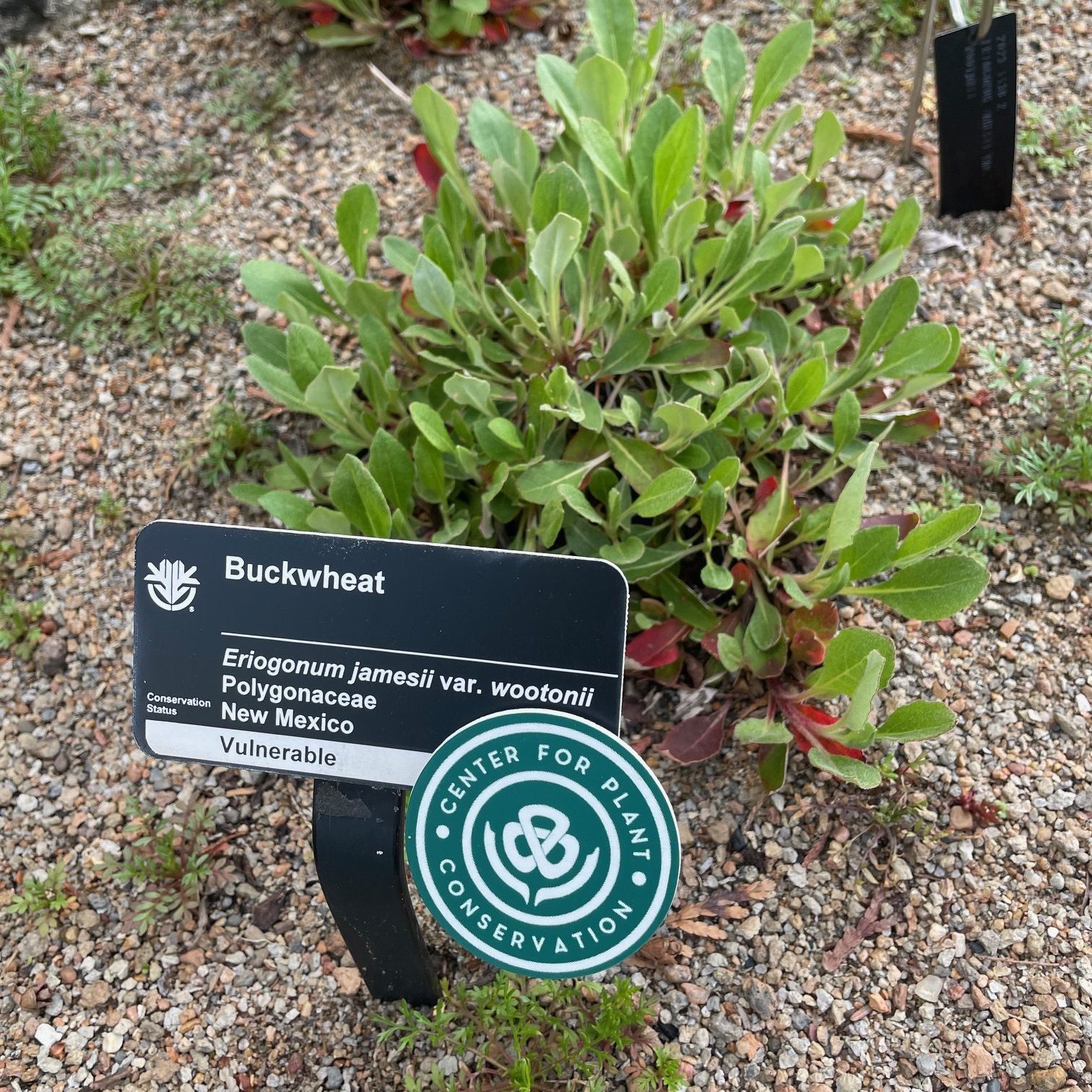Save Plants
CENTER FOR PLANT CONSERVATION
October 2021 Newsletter
In this issue of Save Plants, we share a glimpse of the breadth of the CPC network community, from small-scale to large-scale projects, and include news of many important new projects that have emerged recently. Our PI Harold H. Lyon Arboretum describes their work with an impressive 450 accessions of 200 species and 1.7 million seeds! Together with our partners, we celebrate the IUCN call for post pandemic recovery based on nature, which reminds us that human health is intertwined with healthy natural ecosystems. We applaud the Chicago Botanic Garden’s new Synthesis Center for Conservation and Restoration, which links ex situ conservation to restoring the plants back out into the wild. We congratulate BGCI for the publication “State of the World’s Trees,” which is part of a strategy to bring global communities together to understand groups of plants like Oaks – noted by our PI Lauritzen Gardens and the recent Plant Conservation Alliance report on the National Seed Strategy for Rehabilitation and Restoration, as well as a new project with Fairchild Tropical Botanic Garden, described by our Conservation Champion, Patricia de Angelis. We are excited to see the upcoming symposium on exceptional species from the Center for Research on Endangered Wildlife at Cincinnati Zoo and Botanical Gardens. Collectively, we build community to engage more people to support and save plants and it is this community that makes all the difference.
Hoping you are enjoying a beautiful and healthy fall,
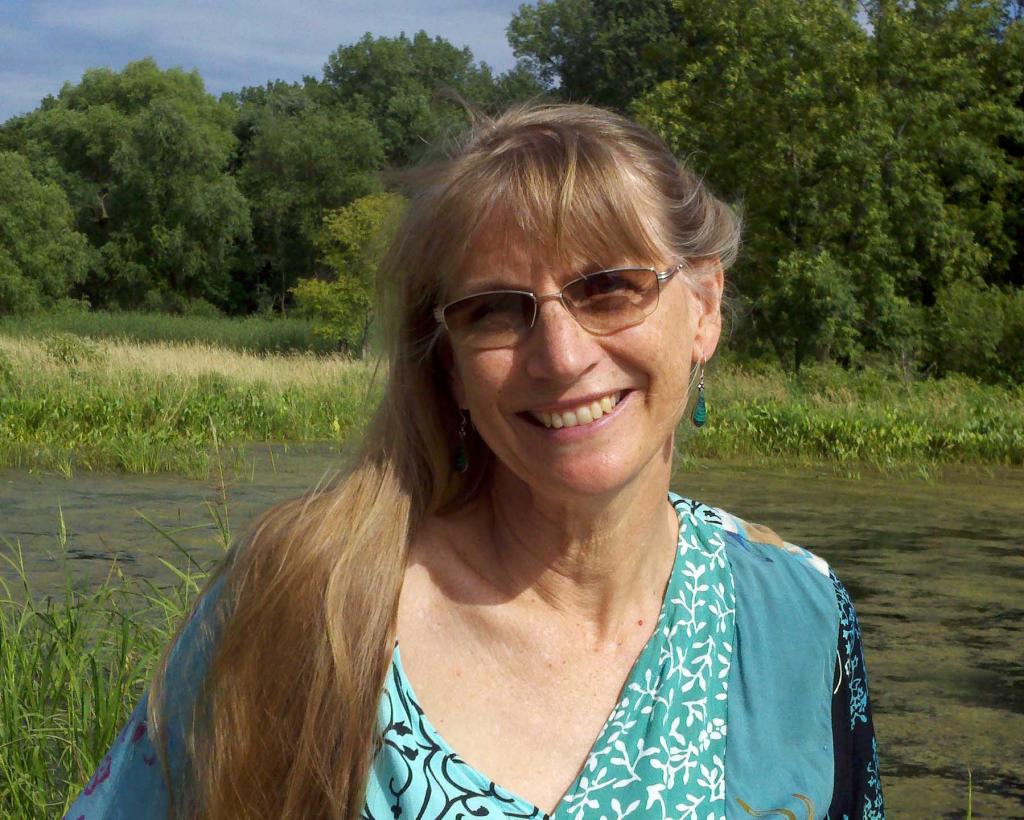
Joyce Maschinski
CPC President & CEOThe Conservation Garden of the Great Plains
Lauritzen Gardens is a one hundred-acre urban oasis located just minutes from downtown Omaha, Nebraska. Welcoming more than 250,000 visitors a year, we are renowned for beautiful gardens and landscape plantings and a spectacular conservatory. We are also dedicated to the conservation of plants, the stewardship of biodiversity, and the advancement of conservation principles. Lauritzen Gardens became a CPC Participating Institution in 2012.
As the only botanical garden situated along the entire length of the Missouri River, our efforts are focused on the Central Grassland of North America, specifically the tallgrass, mixed-grass, and shortgrass prairies of the Midwest and Great Plains. This work has five key components:
- Conduct conservation assessments for plant species at risk of extinction
- Support ecosystem-scale conservation in Nebraska and the Great Plains
- Establish seed banks and gene banks for at-risk plant species
- Practice ecological stewardship of the one hundred-acre Lauritzen Gardens property
- Inspire a conservation ethic
Seed banking is part of our integrated conservation strategy for imperiled plants. A seed bank serves as a safeguard against extinction in the wild and as a supply of seed for restoration efforts. We have established conservation seed banks for eight imperiled plants to date, including three that are ranked as critically imperiled (G1) by NatureServe: Ozark leatherwood (Dirca decipiens), blowout penstemon (Penstemon haydenii), and Capulin goldenrod (Solidago capulinensis).
The survival of imperiled plants ultimately depends on the health of the habitat in which they occur. Lauritzen Gardens has taken on an unanticipated role as authority and advocate for an at-risk but overlooked ecological system in our region—sandsage prairie. This shrub-steppe community occupies five million hectares (twelve million acres) of dune habitat in the western Great Plains and is dominated by sand sagebrush (Artemisia filifolia). Our relationship began with a rare plant survey in the sandsage region of Nebraska, followed by a range-wide (seven state) reconnaissance of sandsage prairie which resulted in the first comprehensive account of vegetation structure and dynamics. This year, a decade after first getting to know this “Cinderella” ecological system, we published a paper demonstrating that sandsage prairie is a biodiversity hotspot for the Great Plains and worthy of landscape-scale conservation efforts.
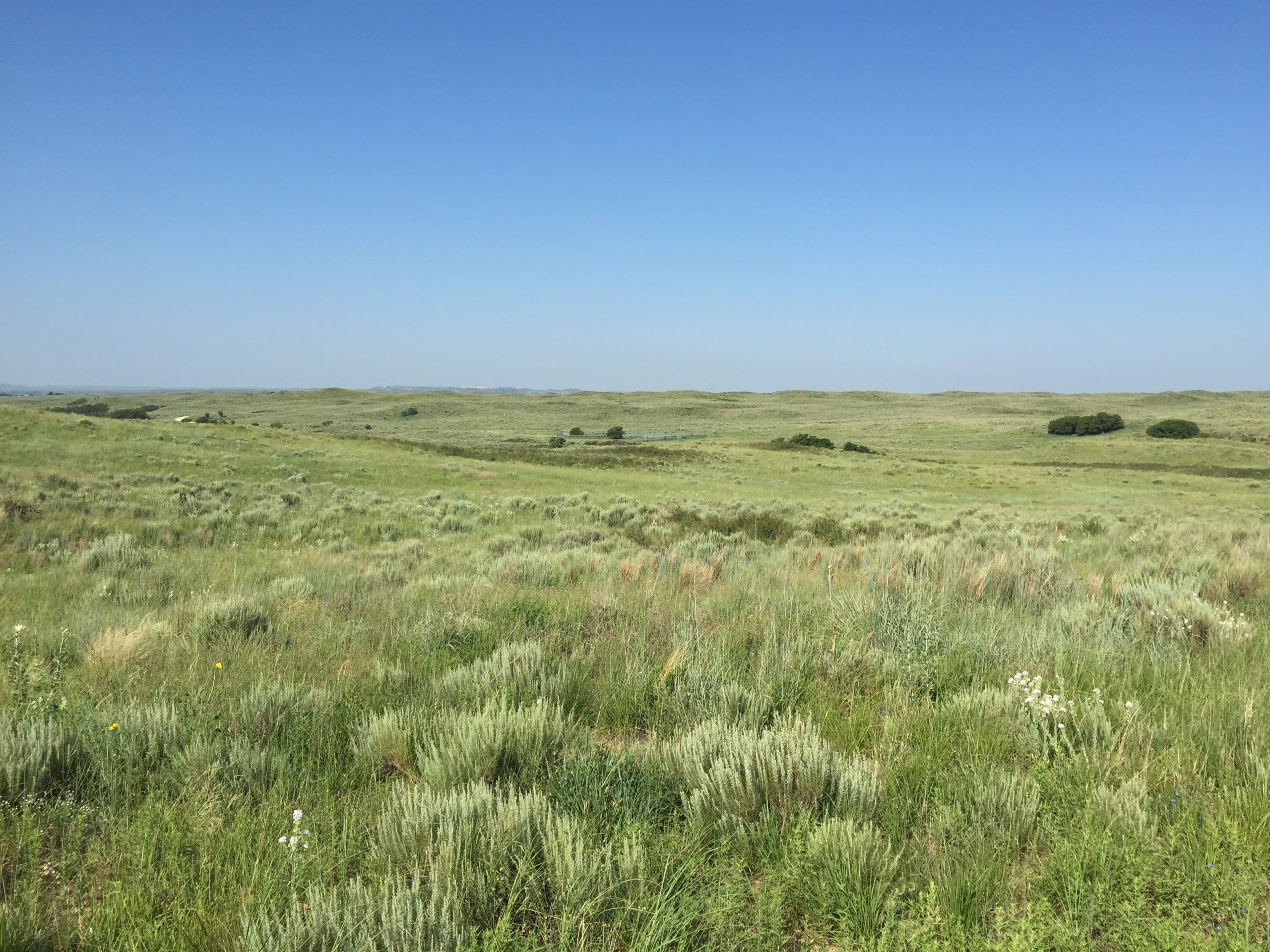
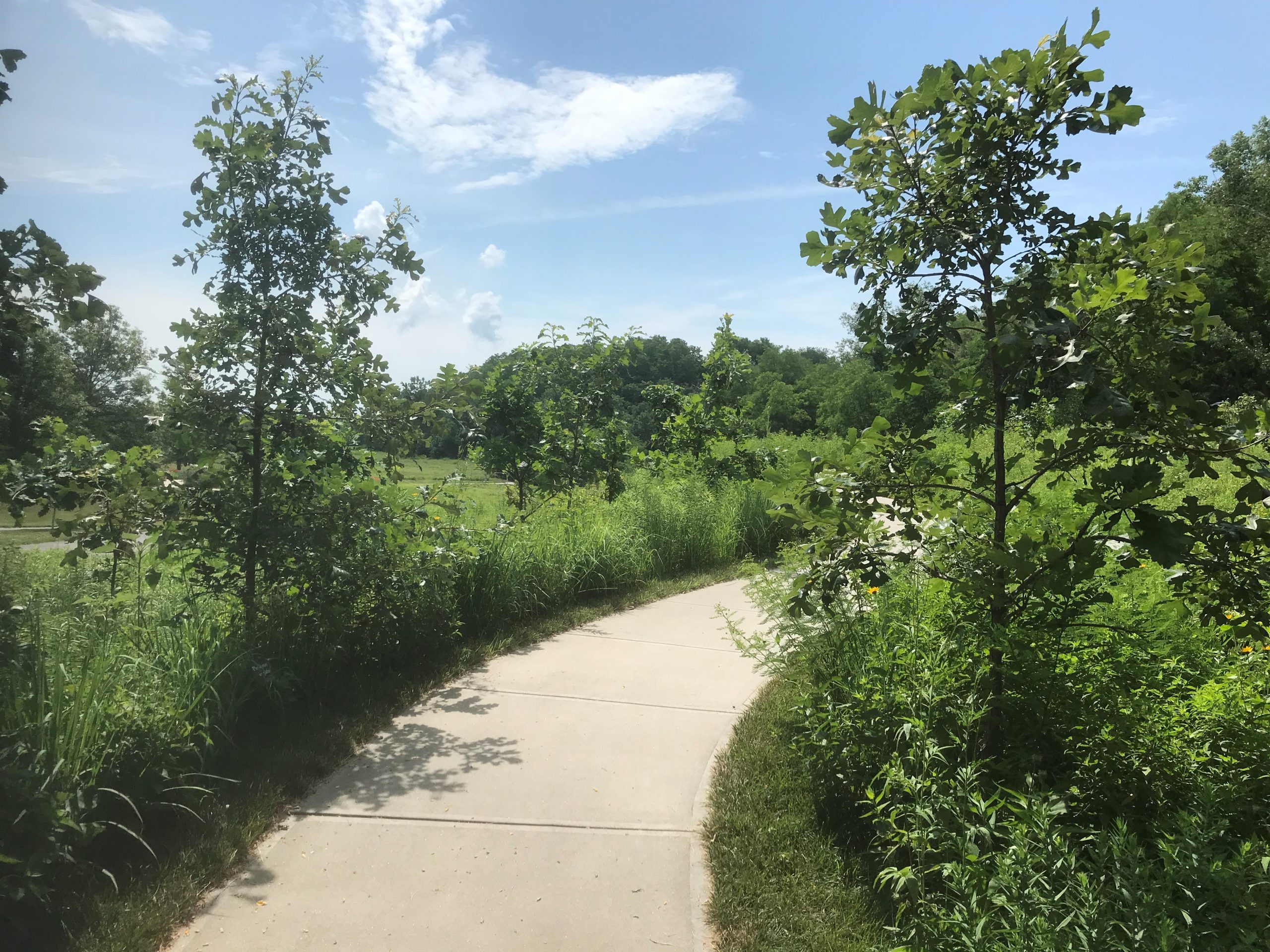
While much of our conservation effort focuses on grasslands and grassland species, we also work with the trees of our region. Lauritzen Gardens is part of a collaboration led by the Minnesota Landscape Arboretum to conserve butternut (Juglans cinerea), one of the most imperiled trees in the United States. We are a partner in the Global Conservation Consortium for Oak and the lead institution for the Great Plains Bur Oak Project, which aims to safeguard the unique genetic diversity and drought-tolerance found in Great Plains bur oak trees (Quercus macrocarpa) by collecting seed from these trees and establishing living conservation collections at a network of collaborating public gardens.
As a botanical garden that engages over 250,000 visitors each year, we are uniquely positioned to educate the public on the importance of plants and to advocate for conservation. Since many of our rare plant conservation projects happen in remote places far removed from the garden, having an on-site component to our conservation program helps make this aspect of our mission more evident and relevant to our visitors and members.
To this end, we are working to gain understanding of the biological diversity supported by our one hundred-acre property, with the aim of practicing the best possible ecological stewardship. This involves ongoing surveys of birds, butterflies, bees, and moths that not only document the species observed, but how these species utilize the garden. Armed with an enhanced understanding of the ecological context of the garden, we are implementing practices that achieve horticultural goals while at the same time protect and enhance biological diversity. This on-site component to our conservation program has fostered a strong working relationship between our conservation and horticulture programs.
-
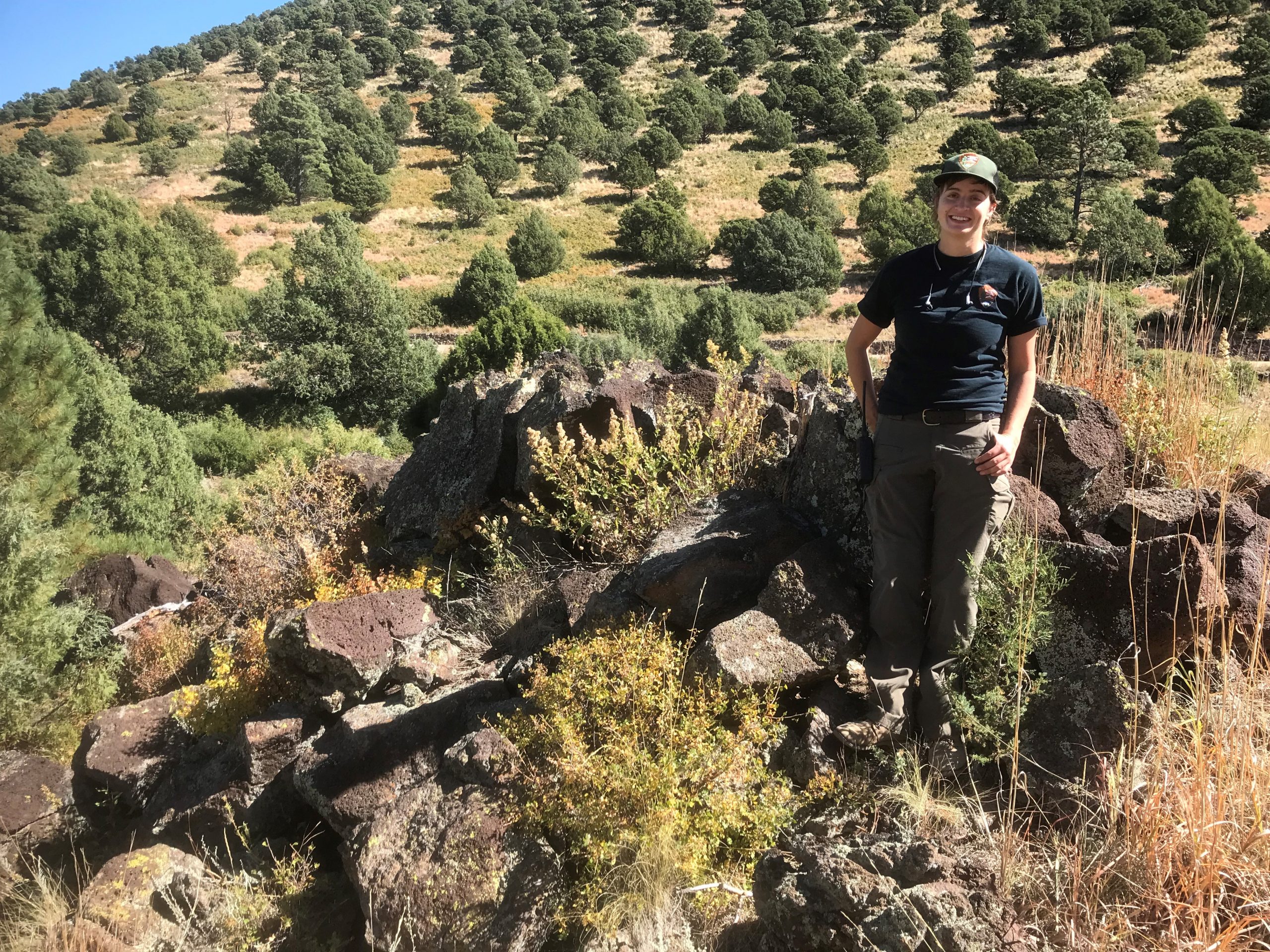
Collecting seed of Capulin goldenrod (Solidago capulinensis) at Capulin National Monument, New Mexico for seed banking. Photo by Jim Locklear photo. -
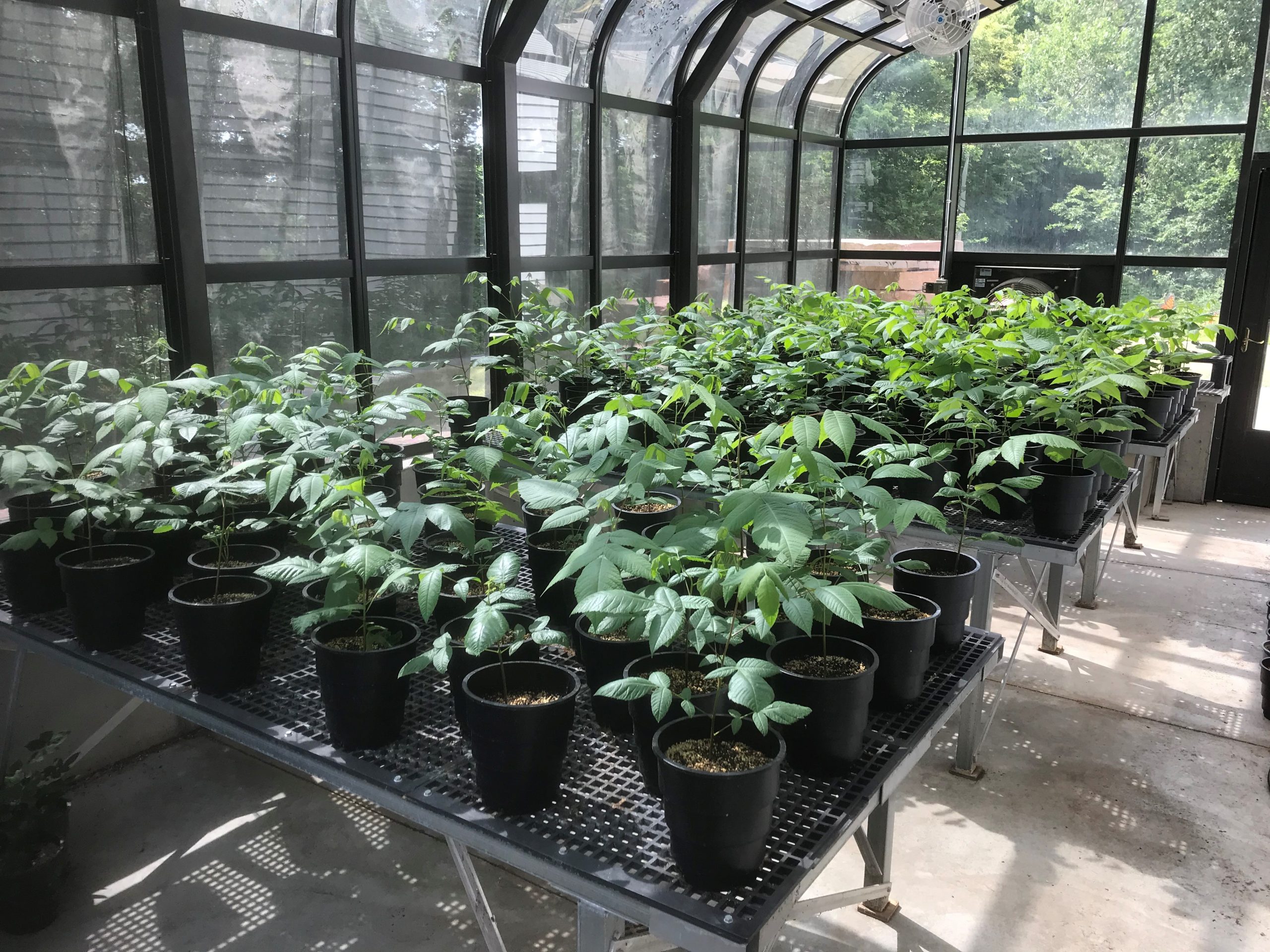
Lauritzen Gardens is helping conserve the imperiled butternut (Juglans cinerea) by distributing trees grown from seed collected from a healthy stand in eastern Nebraska. Photo by Jim Locklear. -
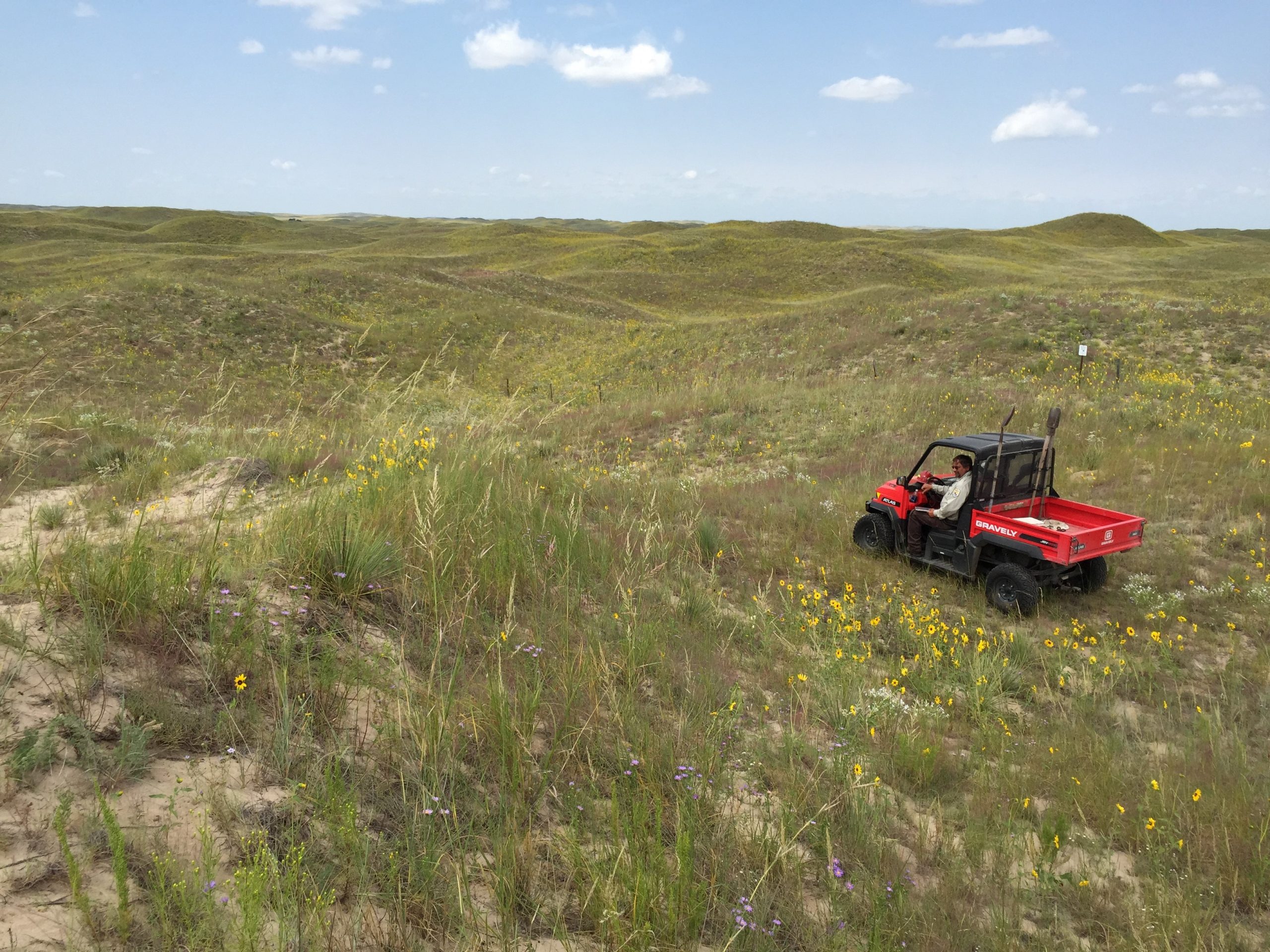
Establishing a conservation seed bank for the endangered blowout penstemon (Penstemon haydenii) requires work in remote areas of the Nebraska Sandhills. Photo by Jim Locklear, Garden County, Nebraska.
To accomplish the conservation goals of our mission, Lauritzen Gardens collaborates with an array of organizations, agencies, and institutions. In addition to the Center for Plant Conservation, these include Creighton University (Omaha), The Nature Conservancy, Nebraska Game and Parks Commission, University of Nebraska-Lincoln, U.S.D.A. Agricultural Research Service, U.S.D.A. National Laboratory for Genetic Resource Preservation, U.S. Fish & Wildlife Service, U.S. Forest Service, and U.S. National Park Service.
This institutional dedication to conservation owes its origins to the vision of Spencer Crews, Director Emeritus of Lauritzen Gardens and current member of the CPC Board of Trustees. We continue to pursue this vision here at the garden and throughout the Great Plains.
Seed Banking in Hawai’i through Changes and Challenges
Since its founding by Alvin Yoshinaga in the early 1990s, the Seed Conservation Lab at Lyon Arboretum has strived to serve as the ex situ conservation center of native Hawaiian plants — especially threatened and endangered species — through seed banking, propagation, research, and education. This important work is done in partnership with the arboretum’s Micropropagation Lab and Rare Plant Greenhouse, under the Hawaiian Rare Plant Program.
Through the efforts of many previous staff and our conservation partners, we currently hold about 28 million seeds from over 600 species, about half of which are threatened or endangered. About half of those are species that have fewer than 50 plants in the wild. We even have seeds of 10 species that are extinct in the wild.
Seed banking is the most efficient method for ex situ conservation when seeds can be stored using conventional seed banking methods, keeping them dry and cool. Seeds take up much less space than living collections and require much less maintenance once they are processed and stored properly. Although Hawaiʻi is the endangered species capital of the world, the fact that seeds of many of these threatened and endangered species can be stored under conventional seed banking methods really helps us buy time to rescue many disappearing species.
-
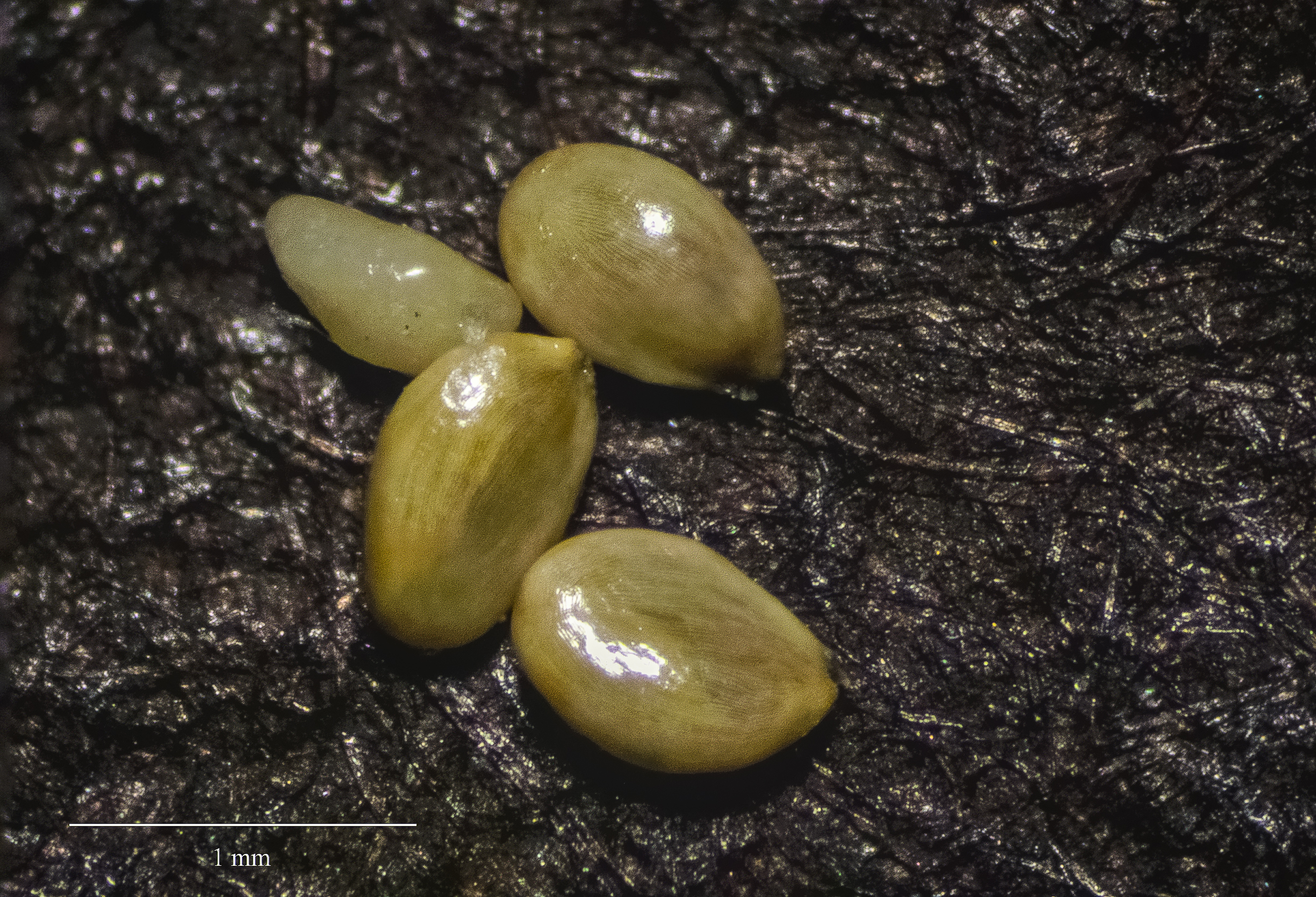
Seeds of the endangered species Haha (Cyanea copelandii subsp. haleakalaensis) a vine-like shrub endemic to Hawai'i. -
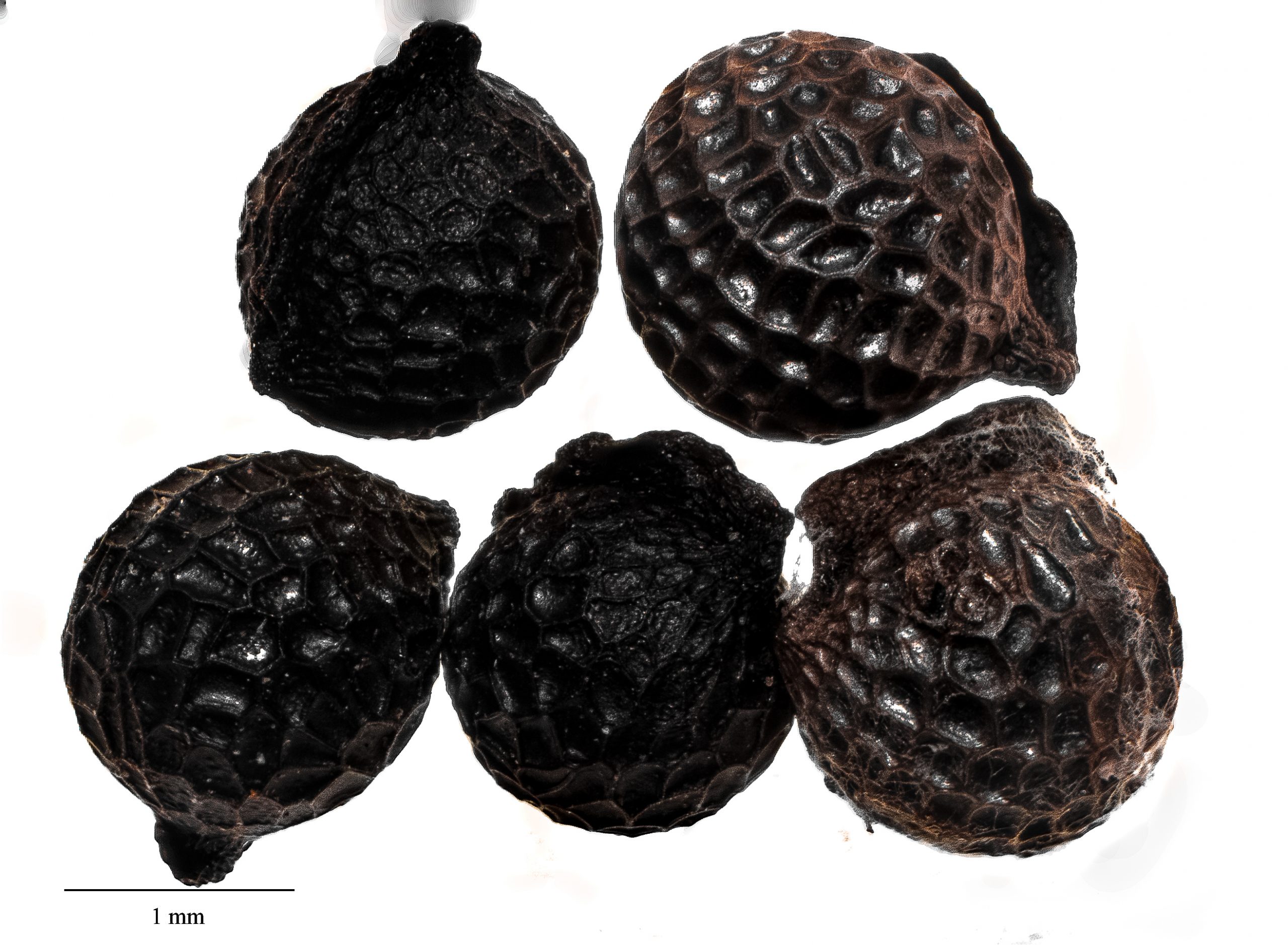
The seed photos provide a close-up look of the textured seeds of Pua kala, Pōkalakala, or Hawaiian prickly poppy (Argemone glauca var. decipiens). -

Lyon's collection includes the miniscule seed of Honohono, or Hawaiian Jeweled Orchid (Anoectochilus sandvicensis).
Because Hawaiʻi is so remote from the rest of the world, many species either had to arrive here after a long trip by air or water, or evolve here. This placed a strong selective pressure on seed physiology in native Hawaiian flora. When I first learned about it, I became quite intrigued and hopeful. Having a background in tropical ecology in the Neotropics, where many seeds do not possess dormancy (a prerequisite for seed banking), it was always a race against time before seeds I collected would go bad or germinate. Seed banking was not something I could take for granted with tropical plant species.
At the Lyon Seed Conservation Lab, we have learned to work through challenging times. Following a staffing change in 2019, we now rely on just one full-time technician and me as the half-time manager, with my joint appointment as an assistant professor at the School of Life Sciences at University of Hawaiʻi at Mānoa. Soon after we started as the new team, the global pandemic hit. Because Hawaiʻi relies a lot on tourism for state’s revenue, there have been various budget cuts and a hiring freeze — definitely not helpful when many species continue to require ex situ conservation efforts. Nevertheless, thanks to many dedicated volunteers, student workers, and interns, we have been able to maintain our operation, processing more than 450 accessions or 200 species with 1.7 million seeds from our dedicated collectors. We have also continued biweekly germination tests. These provide the core of Lyon Seed Conservation Lab’s ongoing seed research, which includes collaborative studies with CPC and Hawaiʻi Seed Bank Partnership group on seed longevity.
Many of our seeds are of highly endangered and rare species and would typically be seen only by designated collectors or those holding a special handling permit. Last year we launched a new project, led by our technician Nate Kingsley, to digitalize microscope photos of our banked seeds. Nate’s expertise, developed at the University of Tennessee Herbarium using a microscope with z-stacking capability, enables us to create more three-dimensional images that are better at capturing fine seed details than our past photos. Lacking an expensive microscope that automatically z-stacks images, we have trained people who work in the lab to manually create these improved images using image-processing software. Ultimately, we hope to make digital images of our seeds available to the public, so that people can appreciate the diversity of rare seeds in Hawaiʻi, learn about their morphology and functions, and use them for research. And all this will be possible without opening up our stored seed packets and compromising their longevity.
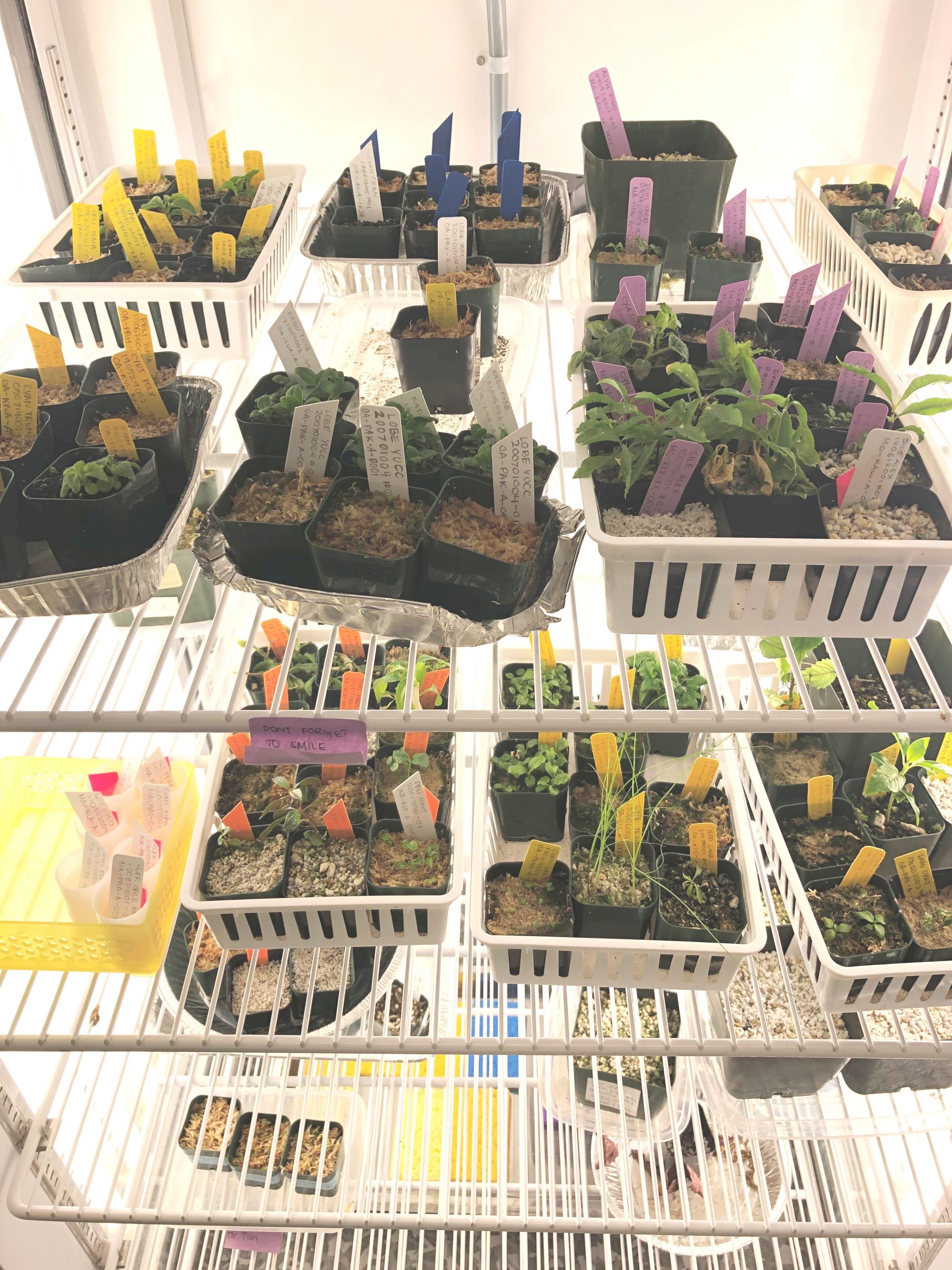
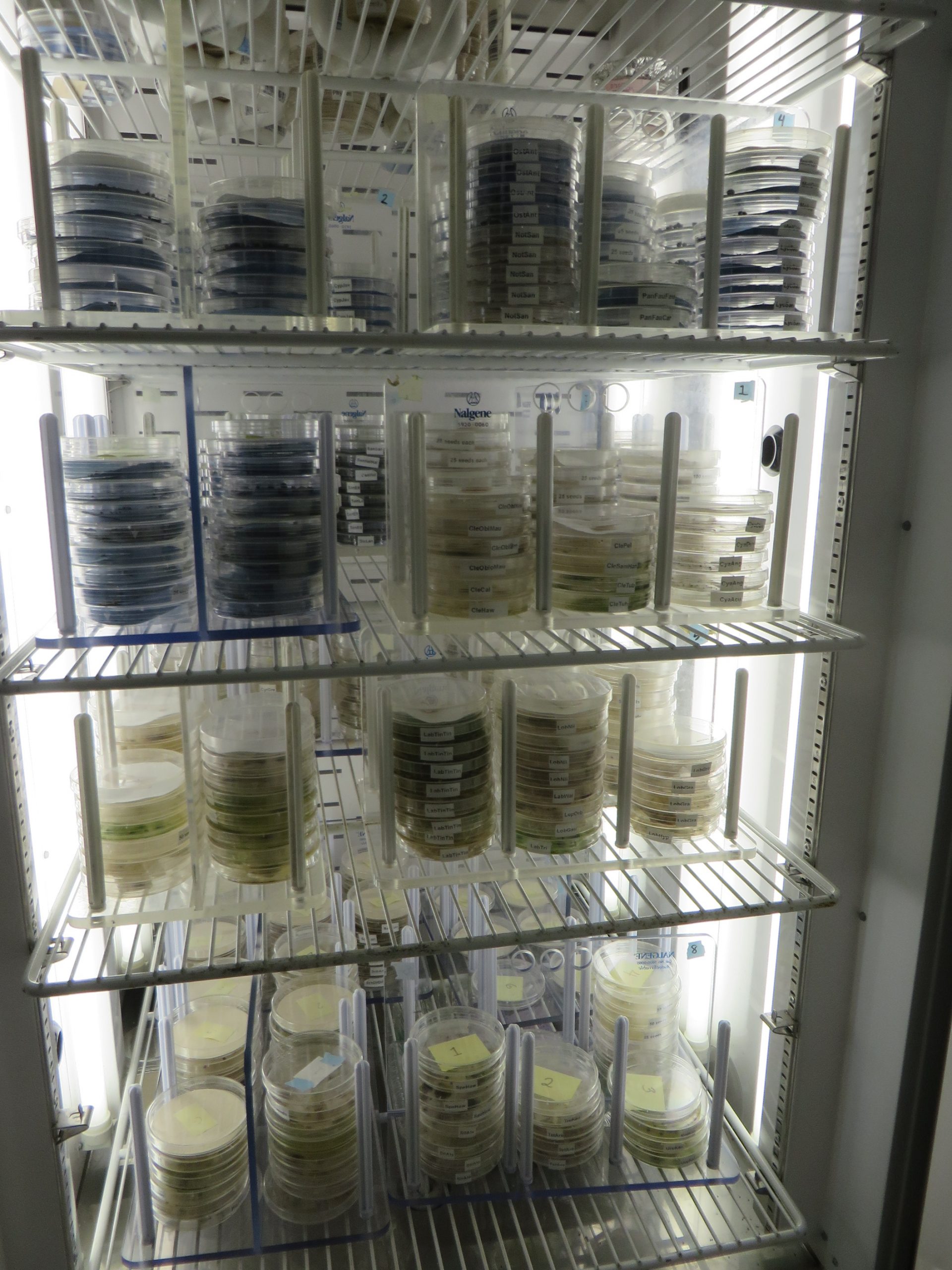
This year, I received funding from the O’ahu Army Natural Resources Program (OANRP) to support a new Ph.D. student, Sunyoung Park, in a research project studying causes of low seed viability in the endangered species, na’ena’e (Dubautia herbstobatae), a member of the sunflower family (Asteraceae) or the silversword alliance. Many species in Asteraceae show self-incompatibility (they cannot pollinate themselves), and previous hand-pollination attempts using intra- and inter-population pollen by OANRP staff has resulted in low seed viability. Na’ena’e plants occur on steep cliffs and their seeds are quite difficult to collect. Developing a reliable ex situ conservation method is therefore critical. Thankfully, when viable seeds are available, they store well in conventional seed bank conditions. In the coming year, we will conduct hand-pollination treatments using different founders, assessing pollen germination and pollen tube development.
We would like to be able to identify populations that are not closely related to avoid self-incompatibility issues and maintain genetic diversity. However, considering the small remnant populations of na’ena’e left in the wild, we may not have that option. If inter-population crosses are not successful, we will conduct treatments that have successfully overcome self-incompatibility in various crops. Our intent is to establish a reliable ex situ conservation method for na’ena’e, but many related species face similar reproductive challenges in small remnant populations without sufficient genetic diversity and may benefit from our efforts. Dubautia is endemic to Hawai’i, and nine of the 26 species in this genus are endangered. We hope that insights gained from this project will also help improve ex situ conservation and propagation of many other endangered species in Hawai’i.
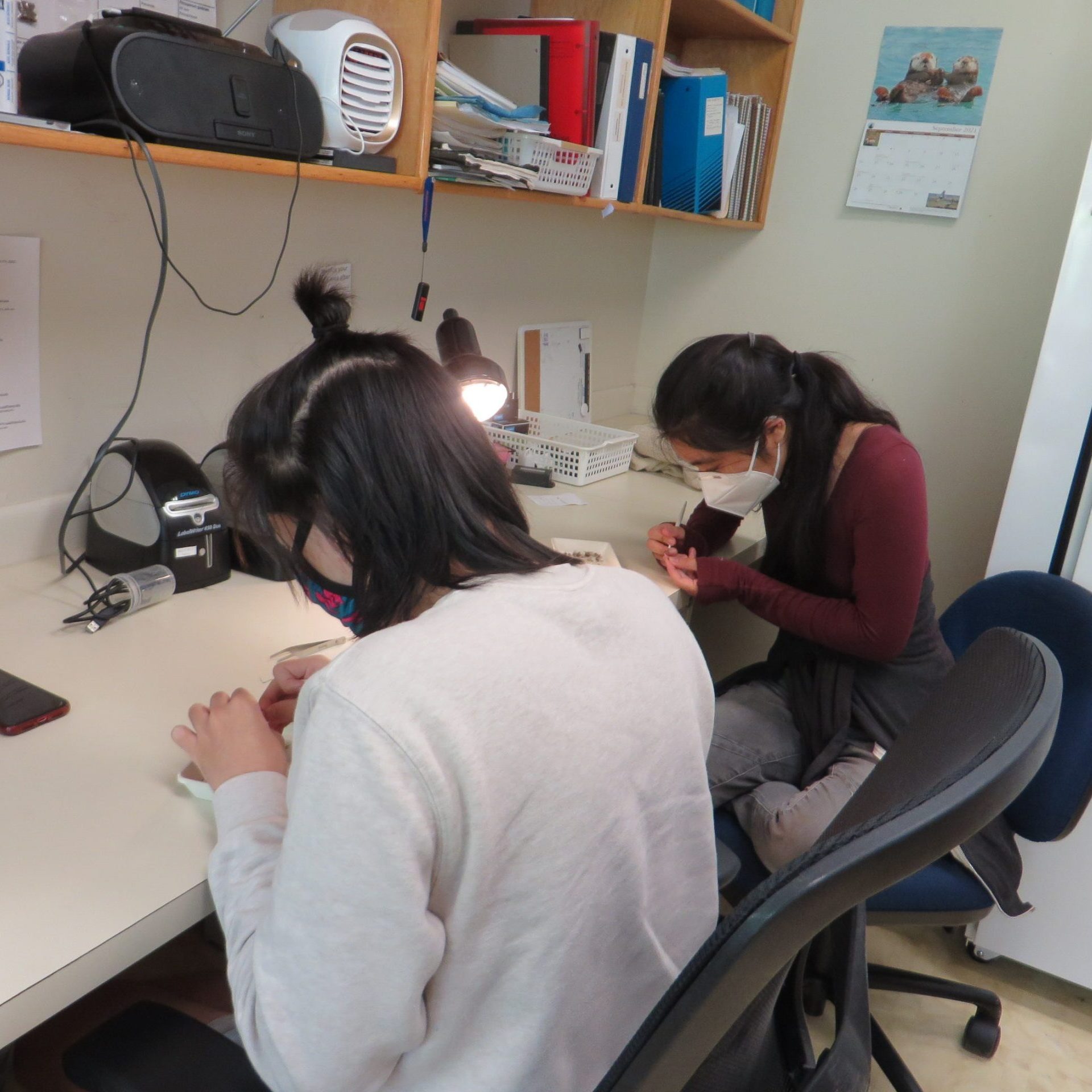
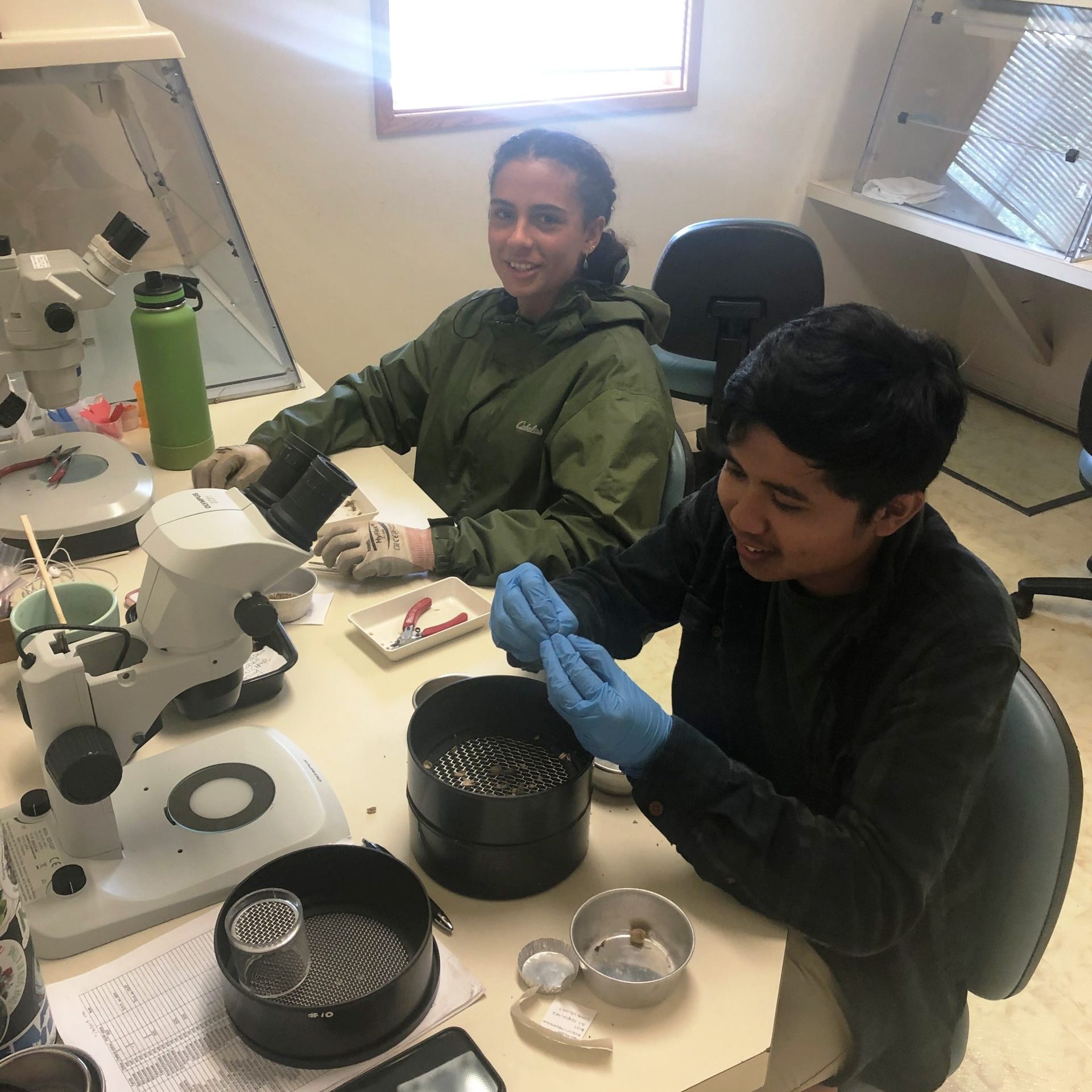
Highlights from the CPC Network and Field of Plant Conservation

Chicago Botanical Garden Launches sCORE: The Synthesis Center for Conservation and Restoration
The Synthesis Center for Conservation and Restoration (sCORE) is a hub for data synthesis and collaboration at the Chicago Botanic Garden’s Negaunee Institute for Plant Conservation Science and Action. By connecting the plant science and land management communities, sCORE brings together diverse perspectives to enable analysis, synthesis, and collaboration aimed at addressing key needs in plant conservation and restoration science, practice, and policy.
The sCORE team is currently seeking data and collaborators for their newest project, which aims to examine understory vegetation responses to rapid canopy loss in the Great Lakes region. Learn how you can get involved and contribute here.
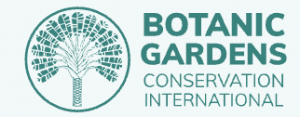
Botanic Gardens Conservation International Publishes State of the World’s Trees Report
Through its Global Tree Assessment initiative, Botanic Gardens Conservation International (BGCI) recently published the State of the World’s Trees report, which documents the extinction risk and conservation status of the world’s nearly 60,000 tree species. The culmination of five years of research, this comprehensive report finds that 30% of tree species are endangered. The primary threats to tree species worldwide are forest clearance and other forms of habitat loss, direct exploitation for timber and other products, and the spread of invasive pests and diseases. With this assessment, the report also identifies the need for renewed focused on biodiversity conservation and ecosystem restoration to prevent the extinction of trees. Learn more here.
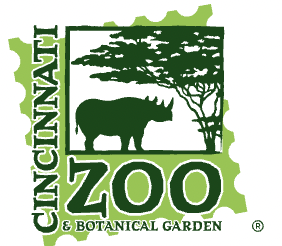
Cincinnati Zoo & Botanical Garden to Host Conserving Exceptional Plants: Cryobiotechnology and the Model of Oaks Virtual Symposium, October 19-21, 2021
Join the Cincinnati Zoo & Botanical Garden’s free three-day symposium and workshop October 19-21, 2021. You’ll hear from leading experts in the field of exceptional plant conservation and cryopreservation. Using oaks as a sample species, attendees will learn about the potentials of cryotechnologies and how they can be applied to a wide range of exceptional species. This event is free, but registration is required. Learn more and register here.

IUCN World Conservation Congress Concludes with a Call for Nature-Based Pandemic Recovery
Every four years, the IUCN World Conservation Congress brings together over 1,400 government, civil society, and indigenous peoples’ Member organizations to set priorities and drive conservation and sustainable development action to shape a healthy relationship between humans and our planet. The 2021 IUCN Congress took place in early September and concluded with a call for post-pandemic recovery based on nature. Read more highlights and outcomes from the 2021 IUCN Congress here.
Patricia De Angelis
This month’s Conservation Champion, Patricia de Angelis, embodies the ethic of building community. For more than 20 years, she has worked toward bringing federal agencies together within the Plant Conservation Alliance to support native plant conservation. She knows that public awareness of plants is linked to the funding support that plant initiatives and plant staff positions receive. Her amazing career benefited from all the experiences she has had—from a childhood secret garden to her work with Indigenous People in Nicaragua, to her work as a botanist in the U.S. Fish and Wildlife Service. We salute you, Patricia!
When did you first fall in love with plants?
“Plant awe” has been a continual thread in my life. I think the most significant impactful experience came as a young teenager when I found solace, pleasure, beauty, and comfort working in the backyard of my family home. Tucked away behind a high wall covered in grapevine was my own “secret garden” with brick pathways, shady spaces, and a fish pond. My father’s sculptures were artfully tucked amongst beds of ivy, walnut trees, yew, and planters full of flowers. No passerby could resist stopping to peer through the gate and marvel. I worked out many a problem as I clipped, shaped, and planted in that magical space.
What was your career path to becoming a botanist with the Fish and Wildlife Service?
My career path meandered across the field of botany. During college, I was a Biological Aid to a renowned tree geneticist at the USDA-Agricultural Research Service National Arboretum, where I helped measure natural defense mechanisms of trees. After college, I worked as a Lab Technician at the USDA-Agricultural Research Service Foreign Disease-Weed Science Unit, learning to identify foreign pathogens, then as a research technician analyzing the effectiveness of plant extracts to protect human cells against HIV.
When my beau-turned-husband became a Foreign Service Officer, we moved to Nicaragua and I found a job with a non-governmental organization. I assessed botanical resources in a newly created protected area and collaborated with the Miskito Indians to document everyday plant usage in Miskito society. This formed the basis of my doctorate.
After returning to the United States, I attended a medicinal plant industry symposium where I learned about the U.S. Fish and Wildlife’s involvement in the sustainable use and conservation of plants and animals regulated under the Convention on International Trade in Endangered Species of Wild Fauna and Flora. A botanist job soon opened with the Plant Conservation Alliance (PCA) – the position that I am still in 20 years later. And all of my previous experience contributes to the work I do today.
After returning to the United States, I attended a medicinal plant industry symposium where I learned about the U.S. Fish and Wildlife’s involvement in the sustainable use and conservation of plants and animals regulated under the Convention on International Trade in Endangered Species of Wild Fauna and Flora. A botanist job soon opened with the Plant Conservation Alliance (PCA) – the position that I am still in 20 years later. And all of my previous experience contributes to the work I do today.
What advice do you have for newcomers to the field of plant conservation?
Connect! Explore! Be Brave!
Seek out groups focused on issues that interest you, but stay open to novel opportunities. Connect with your native plant society, student networks – even PCA discussion lists and meetings! Listen to webinars and participate in field trips. Join a professional society, attend annual meetings, and speak to as many people as you can. Don’t be shy — most people love telling you about themselves and are happy to give ideas and pointers. Forge your own path!
How did you first become involved with the Plant Conservation Alliance?
The symposium I mentioned above was sponsored in part by the Plant Conservation Alliance-Medicinal Plant Working Group. There I met a vivacious, energetic force named Peggy Olwell, the National Botanist for the Bureau of Land Management and then Chair of the Plant Conservation Alliance Federal Committee, who invited me to attend the Plant Conservation Alliance meetings. Jobless and fresh off earning my Ph.D., it was at a PCA meeting that I heard of the opening at Fish and Wildlife Service.
I was thrilled to land a job as a Botanist. As part of my responsibilities, I became Chair of the Medicinal Plant Working Group and the FWS Federal Liaison to the PCA. This enabled me to work professionally with Peggy Olwell and others I had met at the PCA meetings. It was an amazing alignment of the stars. And I would have never imagined that 20 years hence I would become the Chair of the Federal Committee!

How would you describe your role as chair of the PCA federal committee?
I network across agencies to address mutual needs. These include raising the visibility of native plants, drawing attention to the need for botanical skills and training to meet our nation’s botanical challenges, increasing national awareness to sustain and support native plant communities, and stimulating common messaging that will facilitate interagency efforts to address funding and staffing needs. I also work closely with the Chair of the Non-Federal Committee (who is a scientist at a CPC institution, by the way!) to engage in meaningful ways with that sector.

What PCA activities/initiatives are you currently working on?
A major project has been the continued implementation of the Plant Conservation Alliance’s National Seed Strategy for Rehabilitation and Restoration, which just completed its fifth year. Thanks to the leadership of our Liaison to the U.S. Geological Service, Molly McCormick, we recently finalized a federal progress report that demonstrates an impressive array of exciting progress.
To commemorate 25 years of the Plant Conservation Alliance, we are about to embark on an exciting national artwork challenge with the Fairchild Tropical Botanic Garden. School-aged children will compete across the United States and its Territories, then regional champs will enter a runoff to select a native plant as our ‘American Icon’ on a commemorative coin. Our ‘American Icons’ National Challenge webpage should launch soon.
What emerging science (methods, approaches, discoveries) and/or trends in plant conservation excite you most?
I am always thrilled by technological innovations that emulate the plant world. Flying microchips with sails designed after seeds? Love it! As an ethnobotanist, I am heartened by efforts to honor indigenous knowledge and engage in conservation efforts with Native American tribes, Alaska Native villages, and the indigenous people of the Hawaiian Islands. I hope that the UN Decade on Ecosystem Restoration will unite a global voice to underscore our true green infrastructure: the diverse native plant communities that form the backbone of our iconic habitats.
The PCA recently joined CPC as a network member. What does it mean to you to be connected to CPC?
The CPC and many CPC institutions have been Non-Federal Cooperators of the PCA for years, and it’s long overdue. The CPC was integral to the formation of the PCA, and we share a long history in the common goal to advance national plant conservation. The CPC and its network are a bastion of our Nation’s botanical expertise. There is no substitute for its vital role in maintaining the National Collection of Endangered Plants.
As Seen on Rare Plant Academy
The Center for Plant Conservation is, at its core, a community. By bringing together plant conservation professionals bound by common goals and initiatives, our ever-growing network of Participating Institutions is always collaborating, sharing knowledge, and advancing science to Save Plants.
Our community also extends beyond our own network to include the countless local communities served by our botanical gardens and arboretums. Through public engagement and education, CPC and our Participating Institutions can form strong connections with our communities—as exemplified by this presentation given by Lauren Muller of the State Botanical Garden of Georgia at UGA. Importantly, this outreach provides opportunities to encourage more people to embrace and support our shared mission to Save Plants.
Get Updates
Get the latest news and conservation highlights from the CPC network by signing up for our newsletters.
Sign Up Today!Employment Opportunities
Regular, Full-Time, RCUH Non-Civil Service position with the Social Science Research Institute (SSRI). Primary work location will be at the Division of Forestry and Wildlife (DOFAW) office and other designated work sites on the Island of Kauai. Continuation of employment is dependent upon program/operational needs, satisfactory work performance, availability of funds, and compliance with applicable Federal/State laws.
MONTHLY SALARY: $3,750/Mon.
DUTIES: Collects, enters, processes and performs analysis of field biological and geospatial data related to natural area reserves on Kauai. Edits and displays geospatial data, utilizing Field-Map, ArcGIS Collector, and Survey 123 as well as other GIS software, programs and mobile devices. Conducts data analysis and produces annual reports and projections to present data for internal and external sources. Compiles information for grant reports. Conducts field monitoring and data recording related to ungulate activity and weed presence and distribution. Records GPS points and data, including number, type, and location of plants treated, and amount of chemicals used. Fieldwork involves assisting with natural area reserve projects, such as control of non-native plant and animal species (e.g. assists with implementation of trapping grids near native plants, native ecosystem restoration, ungulate fence maintenance and construction, and weed control using pesticides). This work requires the ability to drive project vehicles both on and off road, work in and around helicopters, handle pesticides, fence maintenance and camping. Most fieldwork is conducted in natural areas requiring cross country travel (without trails). Researches and assists with grant applications to increase funding in support of native plant research and conservation. Performs general program support duties. Maintains accurate records, files, and tracking on all project activities. Plans, coordinates, schedules, and conducts data collection trainings for natural resource management projects. Participates in outreach and education events.
INQUIRIES: Kira Yamashita 956-4583 (Oahu).
Full job posting here.
APPLICATION REQUIREMENTS: Please go to www.rcuh.com and click on “Job Postings.” You must submit the following documents online to be considered for the position: 1) Cover Letter, 2) Resume, 3) Supervisory References, 4) Copy of Degree(s)/Transcript(s)/Certificate(s). All online applications must be submitted/received by the closing date (11:59 P.M. Hawai‘i Standard Time/RCUH receipt time) as stated on the job posting. All RCUH employees and positions are subject to the August 5, 2021 Emergency Proclamation requiring all State/RCUH employees to be fully vaccinated for COVID-19 or be subject to weekly testing for COVID-19. All post-job offer/new hires will be required to show proof that they are fully vaccinated (e.g., their CDC COVID-19 Vaccination Record Card) or a Negative COVID-19 Test result during the onboarding process. Requests for a religious or medical accommodation from the COVID-19 vaccination will be handled on a post-job offer basis. Individuals granted an accommodation will be subject to the weekly testing requirement. If you do not have access to our system and the closing date is imminent, you may send additional documents to rcuh_employment@rcuh.com. If you have questions on the application process and/or need assistance, please call (808)956-7262 or (808)956-0872.
Summit Search Solutions is conducting a national search for the Executive Director, Red Butte Garden (RBG).
Part of the University of Utah, RBG is the state’s premier botanical garden and the largest botanical garden in the Intermountain West. RBG is composed of 100 acres of themed gardens and natural areas and is renowned for its award-winning gardens and beautiful floral displays. The Garden also hosts an outstanding outdoor summer concert series and award-winning educational programs.
The next Executive Director of RBG will build upon a strong foundation to further increase the organization’s visibility, extend its educational programs, strengthen its financial resources, and generally continue to expand the Garden’s local and national influence and recognition.
The Salt Lake City area is among the 50 largest metropolitan markets in the United States and features high culture and entertainment options consistent with an urban center. It is frequently listed by national magazines and websites among the “best places to live” due to factors including outstanding recreational options, a strong business environment, high-quality healthcare systems, a temperate climate, and a low crime rate.
To learn more about this position, click here.
To learn more about Red Butte Garden, click here.
To learn more about University of Utah, click here.
PCSU URBAN FORESTRY COMMUNICATIONS ASSISTANT – ID# 221495. Pacific Cooperative Studies Unit. Regular, Part-Time (35% FTE), RCUH Non-Civil Service position with the Pacific Cooperative Studies Unit (PCSU), Division of Forestry and Wildlife (DOFAW), Urban Forestry Project, located in Honolulu, Hawai‘i.
INQUIRIES:Michelle Miyata 956-9512 (Oahu).APPLICATION REQUIREMENTS:
Please go to www.rcuh.comand click on “Job Postings.” You must submit the following documents online to be considered for the position: 1) Cover Letter, 2) Resume, 3)Supervisory References,4) Copy of Degree(s)/Transcript(s)/Certificate(s). All online applications must be submitted/received by the closing date (11:59 P.M. Hawai‘i StandardTime/RCUH receipt time) as stated on the job posting.All RCUH employees and positions are subject to the August5, 2021 Emergency Proclamation requiring all State/RCUH employees to be fully vaccinated for COVID-19 or be subject to weekly testing for COVID-
19.All post-job offer/new hires will be required to show proof that they are fully vaccinated(e.g., their CDC COVID-19 Vaccination Record Card) ora NegativeCOVID-19 Test result during the onboarding process. Requests for a religious or medical accommodation from the COVID-19 vaccination will be handled on a post-job offer basis. Individuals granted an accommodation will be subject to the weekly testing requirement. If you do not have access to our system and the closing date is imminent, you may send additional documents to rcuh_employment@rcuh.com. If you have questions on the application process and/or need assistance, please call (808)956-7262 or (808) 956-0872. CLOSING DATE: October 7, 2021.
RCUH’s mission is to support and enhance research, development and training in Hawai‘i, with a focus on the University of Hawai‘i. Equal Opportunities Employer–Minorities/Women/Disability/Veteran.
Deadline: Open until filled (Begin application screening October 4, 2021)
Overview: 12 Month, Fixed Term Research/Grant (October 25, 2021 – June 30, 2022)
Position: INR Research Associate (Botany Program Manager)
Location: Portland State University, Corvallis, OR
Who may apply: Open to the public
Compensation: $61,560 (annual salary)
Position Summary:
The Botany Program Manager is responsible for the management of botanical conservation programs at the Institute for Natural Resources – Portland (INR-PDX) and the Rae Selling Berry Seed Bank, part of PSU’s Department of Environmental Science and Management. INR-PDX work includes managing information on the status and trends of all native at-risk plant species in Oregon, managing the plant conservation research at INR-PDX, and assisting the INR-PDX Director in obtaining grants and contracts to support these programs. Rae Selling Berry Seed Bank responsibilities include managing the seed bank’s Plant Conservation Program and obtaining grants, contracts, and donations to support its work. The Botany Program Manager will help guide plant conservation in Oregon by collaborating with botanists at the PSU and OSU herbaria, the Oregon Flora Project, and state and federal agencies.
See the full announcement: https://jobs.hrc.pdx.edu/postings/35900
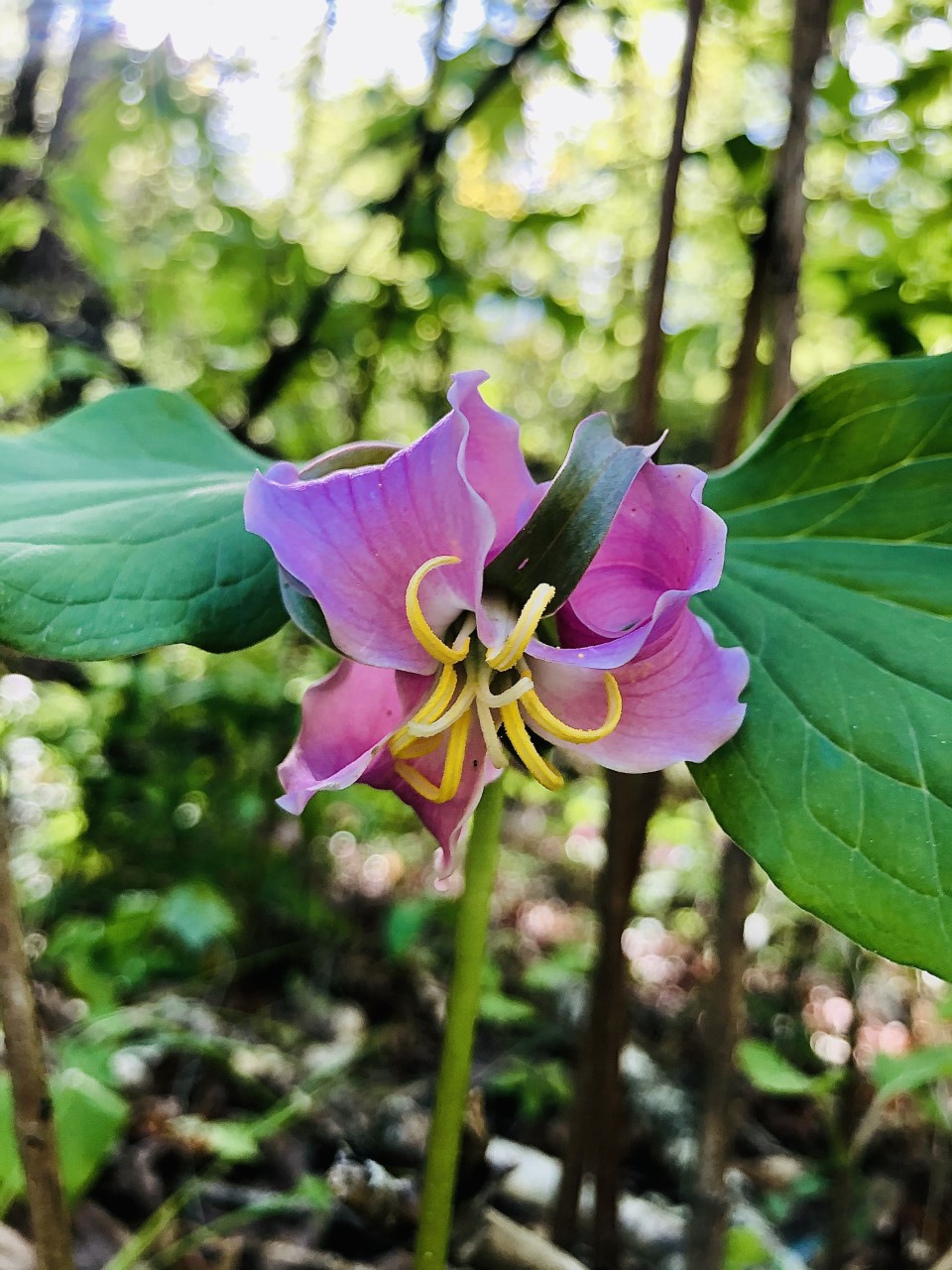
Graduate student fellowship opportunity: Apply now for the Catherine H. Beattie Fellowship
Each year, The Garden Club of America (GCA) and the CPC together award the Catherine H. Beattie Fellowship to graduate students in biology, horticulture, or a related field. The purpose of the award is “to promote conservation of rare and endangered flora in the United States, with preference given to students whose projects focus on the endangered flora of the Carolinas and southeastern United States.” The fellowship was established to honor Catherine H. Beattie who served as a director and board member of the GCA and served as president from 1981 to 1983. The first fellowship was given by the Fullerton Foundation in 1983.
Provisions: Provides one annual research grant of up to $4,500, regarded as compensation for work at a botanical garden by the student, who jointly serves the program of the Center for Plant Conservation and his/her curricular studies.
Eligibility: Open to graduate students in biology, botany, horticulture, or a related field. Preference is given to students whose projects focus on the endangered flora of the Carolinas and southeastern United States.
To apply: Please submit a project narrative detailing proposed research. Items to submit:
- one page cover letter
- two page (maximum) project narrative
- one page project budget and timeline
- curriculum vitae
- letter of recommendation from major advisor or equivalent
Applications format: Items should be compiled in a single pdf document with items in the order listed above. Name the file “2022_Beattie_Fellowship_Application_LastName_FirstInitital.pdf” (e.g., 2022_Beattie_Fellowship_Application_Smith_J.pdf).
Deadline and email instructions: Applications should be submitted by January 31, 2022 and emailed to info@saveplants.org with “2022 Beattie Fellowship Application” in the subject line.
Selection: Selection is by a committee appointed by the Center for Plant Conservation and is approved by the GCA Scholarship Committee. Applicants will be notified by mid-March 2022.
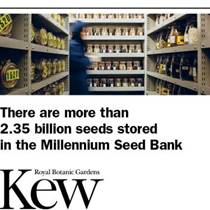
BBVA Foundation World Prize for the MSBP
Exciting news! The Royal Botanic Gardens, Kew has won the prestigious BBVA Foundation Worldwide Award for Biodiversity Conservation for the work of the Millennium Seed Bank Partnership.
The Millennium Seed Bank Partnership, the jury says, “has established a global network of partners that have helped protect over 46,000 species” and “contributed significantly to preserving many of the world’s most threatened plant species.” This exemplary initiative, the citation continues “reflects how cooperation without borders can advance nature conservation worldwide and successfully address the central challenge of preserving biodiversity.”
From everyone at the MSB, thank you for making this possible. Without the partnership we could not achieve the conservation outcomes which have led to this success.
Ways to Help CPC

Support CPC By Using AmazonSmile
As many of us are now working from home and relying on home delivery more and more, we want to remind you that you can keep your home stocked AND Save Plants. If you plan to shop online, please consider using AmazonSmile.
AmazonSmile offers all of the same items, prices, and benefits of its sister website, Amazon.com, but with one distinct difference. When you shop on AmazonSmile, the AmazonSmile Foundation contributes 0.05 percent of eligible purchases to the charity of your choice. (Center for Plant Conservation).
There is no cost to charities or customers, and 100 percent of the donation generated from eligible purchases goes to the charity of your choice.
AmazonSmile is very simple to use—all you need is an Amazon account. On your first visit to the AmazonSmile site, you will be asked to log in to your Amazon account with existing username and password (you do not need a separate account for AmazonSmile). You will then be prompted to choose a charity to support. During future visits to the site, AmazonSmile will remember your charity and apply eligible purchases towards your total contribution—it is that easy!
If you do not have an Amazon account, you can create one on AmazonSmile.
Once you have selected Center for Plant Conservation as your charity, you are ready to start shopping. However, you must be logged into smile.amazon.com—donations will not be applied to purchases made on the Amazon.com main site or mobile app. It is also important to remember that not everything qualifies for AmazonSmile contributions.
So, stay safe inside, and when ordering online, remember you can still help save plants. Please feel free to share this email with your friends and family and ask them to select Center for Plant Conservation.
Thank you all for ALL you do.
Donate to CPC
Thank you for helping us save plant species facing extinction by making your gift to CPC through our secure donation portal!
Donate Today